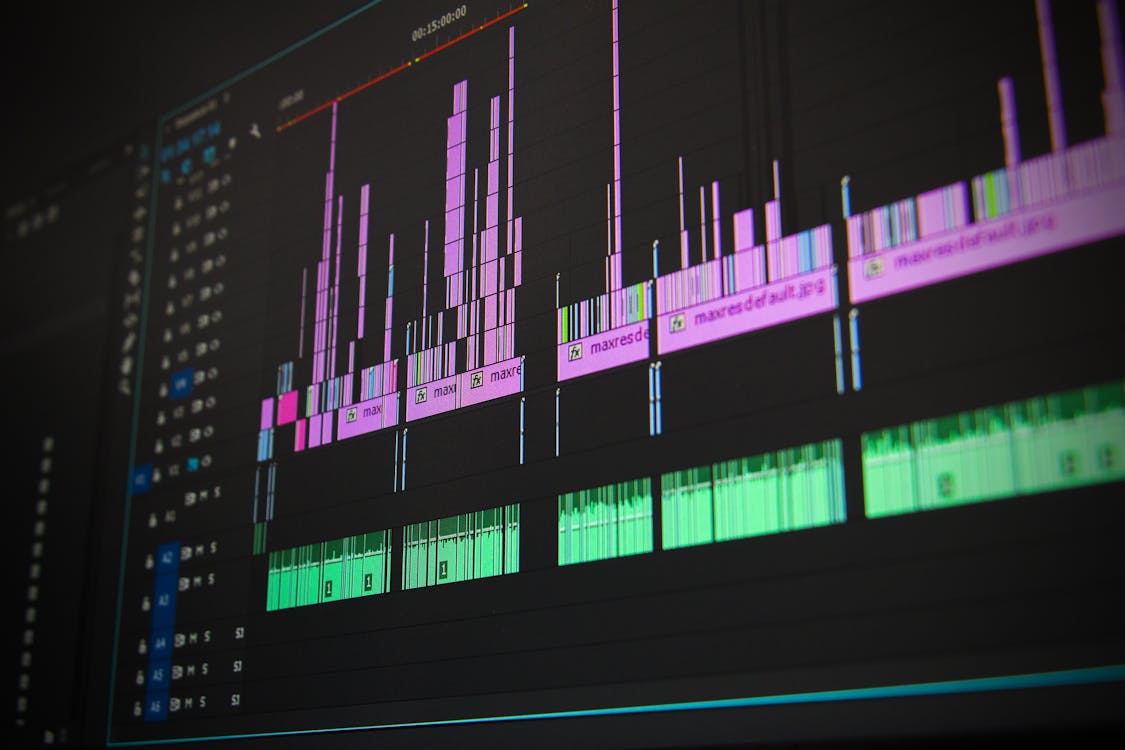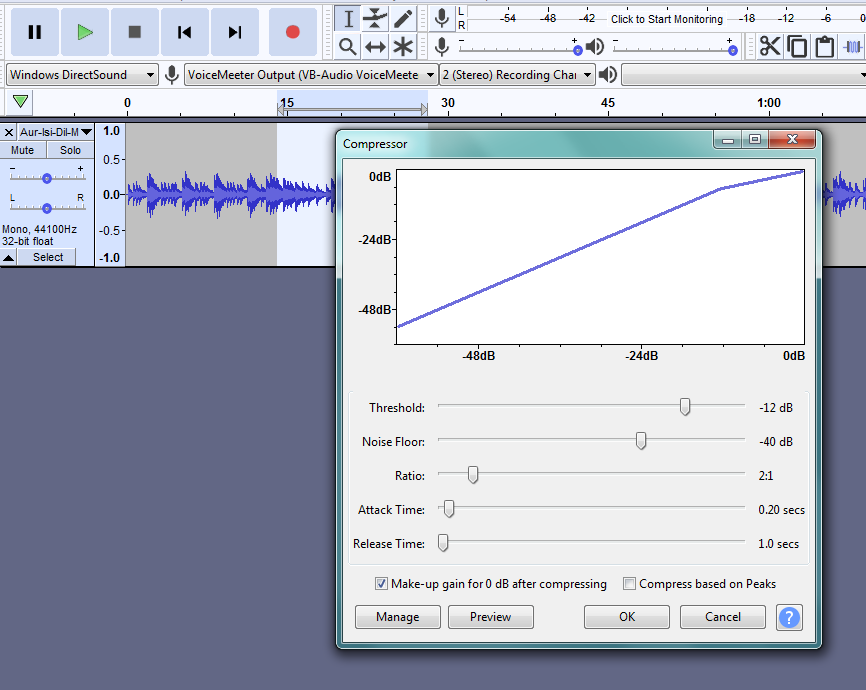Recent Posts
Search Topic

Dynamic range is a key parameter in electronic systems in audio. The dynamic range of a sound is the ratio of the strongest, or loudest part to the weakest, or softest, part in a musical instrument. In simple words, it’s the difference between the loudest and softest part of an audio signal, the difference that an instrument can handle. Dynamic range is another way of stating the maximum signal-to-noise ratio. It expresses in decibles (dB). Dynamic range measurements are based on simple mathematics.
Highest Level = 120 dB
Lowest Level = 40 dB
So, the dynamic range = 120- 40= 80
Although humans can not experience the extremes of a given scale at a single listening. The dynamic content of a signal makes it alive. When there are no dynamic changes the sound will become boring to hear. We have evolved to be able to hear a certain range of volume from very quiet to very loud. The dynamic range of our hearing is the difference between the quietest sounds we can hear. The dynamic range of music as normally perceived in a concert hall does not exceed 80 dB, and human speech is normally perceived over a range of about 40 dB.
Each media has its own dynamic range. The dynamic range of a recording medium is the difference between the loudest sound that can be recorded without distortion and the quietest sound that can be recorded without being burdened by background noises. Some of the permissible dynamic range examples are –
The human ears can hear up to / The human ears have dynamic range up to – 120 dB
The magnetic tape on tape recorder has dynamic range of – 60dB
Digital audio on 16bit – 96 dB dynamic range
Digital audio on 24bit – 166 dB dynamic range
Some approximate dynamic ranges of different styles of music performed live:
Symphony orchestra – 50dB
Chamber music – 30dB
Rockband – 20dB
At the time of digital recording, we can monitor easily the input signals from meters on audio interface/preamps, also we get the graphical waveform representation on the monitor. This signal level whether it’s clipping will show promptly.
But, for the analog audio recording, level monitoring can be possible. It’s less graphical.
Radio signals have dynamic ranges
FM mono signal – 75 dB
FM Stereo signal – 70 dB
AM signal – 40 dB

The optimum audio levels for digital audio signals are different than those for analog signals can divide the dynamic range, we can have 3 sections
It is the maximum average operating Level that should not be exceeded in normal operation, which is widely used or widely referred to. This is the most healthy level, where record & mixing music is suitable.
The level difference in dB between normal operating level and clipping level in an amplifier or audio device. More clearly we can say it is the level of difference between SOL and the level where the sound begins to distort. It is the signal level somewhere between these two extremes to maximize quality, somewhere well above the noise floor but comfortably below the clipping point.
The level of the noise, in dB, is below the signal. It’s the lower limit of dynamic range. Dynamic range in audio equipment specifications is often confused with the signal-to-noise ratio. Where signal-to-noise ratio is widely considered to be the available range between the normal operating level of a device and its noise floor, the dynamic range is the maximum range available.
Now we understand exactly what dynamic range is, we can very easily, we can record in optimum level, so that too loud too low, can stay in headroom. Very little recorded music today has 30dB of dynamic range. Compressors, expanders, and noise gates are processing devices that are used in audio to alter the dynamic range of a given signal.